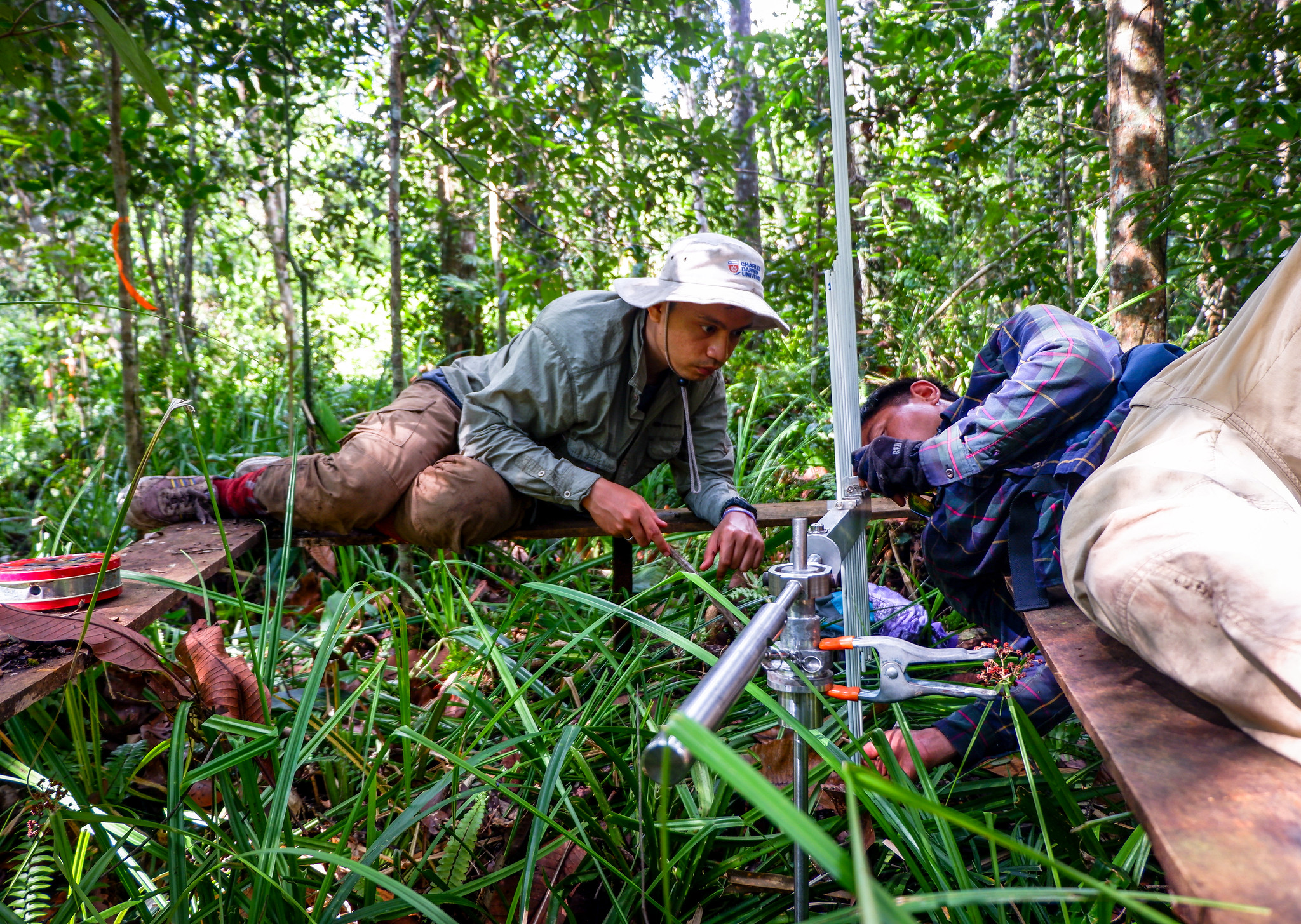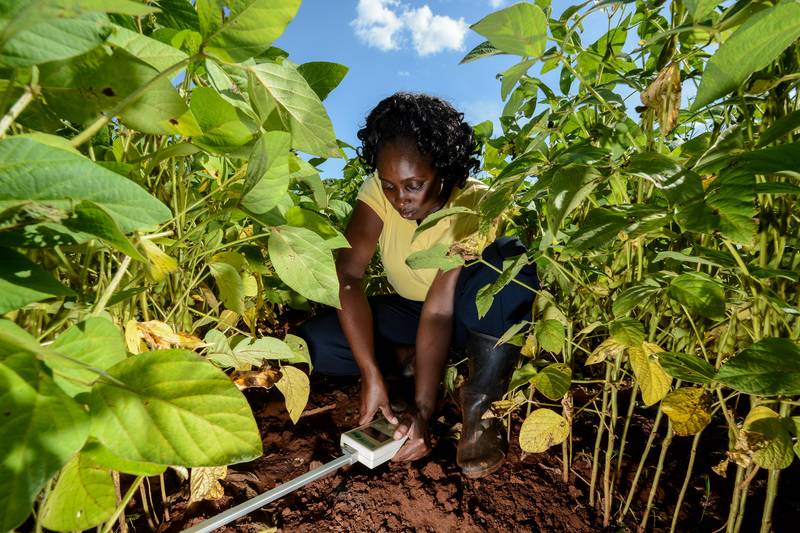
Read more
Related articles for further reading
Natural climate solutions can provide around one-third of the cost-effective climate mitigation needed between now and 2030 to achieve the 1.5ºC target of the UN Climate Paris agreement.
Natural climate solutions (NCS) are proven ways of reducing carbon emissions and storing them in the world’s forests, grasslands and wetlands.
- Reducing greenhouse gas emissions, such as carbon dioxide (CO2), related to land use.
- Capturing and storing additional CO2 from the atmosphere, and maintaining its flow into existing sinks.
- Improving the resilience and adaptation possibilities of ecosystems, and so helping communities adjust to the increases in flooding and dry spells of our changing climate.
These solutions are often complex and interconnected. Better stewardship of the land has a positive resulting impact on other critical environmental, social and economic factors. That means you can achieve greater societal and human gains by taking a holistic approach.
In fact, nature-based solutions are estimated to have the potential to lift a billion people out of poverty; create 80 million jobs; add an additional $2.3 trillion of growth to the global economy, and also prevent $3.7 trillion of climate change damages.
Best of all, NCS are available to deploy today, are scalable and can transform key industry sectors, such as forestry and agriculture.

How to scale up forestry and wood production
- Improve forestry to promote tree growth
Apply smarter, more natural forest management practices – removing competing vegetation, employing more sensitive logging practices, introducing longer cycles between harvests, and more – to improve productivity. - Encourage reforestation and restoration
Turn less productive and otherwise unused lands into forests, and enrich existing forest cover, to recapture and store gigatons of CO2. - Meet the rising demand for timber with sustainable wood
Ensure that the predicted doubling – or even tripling – of demand for timber by 2050 is met through sustainable forestry. As well as creating new jobs and economic growth, that will also enhance valuable carbon sinks. - Prevent wildfires releasing carbon into the atmosphere
Reduce the frequency of catastrophic wildfires – which release huge amounts of carbon into the atmosphere – through controlled burning and traditional fire management by indigenous groups.

How to improve the effectiveness of agriculture
- Cultivate increased soil health for a range of benefits
Enrich soils through smarter agricultural practices, such as using fertilizers more efficiently. As well as greater carbon retention, that will also deliver higher crop yields and reduce food production costs. - Encourage zero-deforestation supply chains
Work with companies to eliminate the use of uncertified sources of timber in their supply chains – a major driver of deforestation. As well as keeping precious carbon stores intact that will also create opportunities for climate-smart approaches to producing materials. - Optimize food production and waste
Encourage food production independent of the livestock sector, which is responsible for an estimated 14.5% of all man-made greenhouse gas emissions. And work towards reducing the 1.3 billion tons of food – one third of all food – that gets wasted each year.
Find out more about how NCS can help you – N4C is looking for natural climate leaders all over the world. Please join the conversation through #NatureNow, @nature4climate or get in touch at info@nature4climate.org.
—